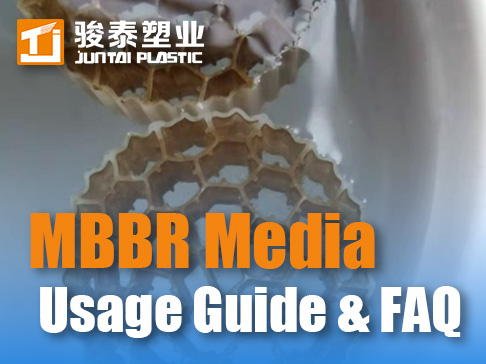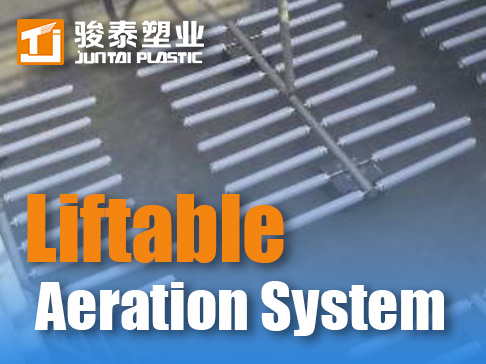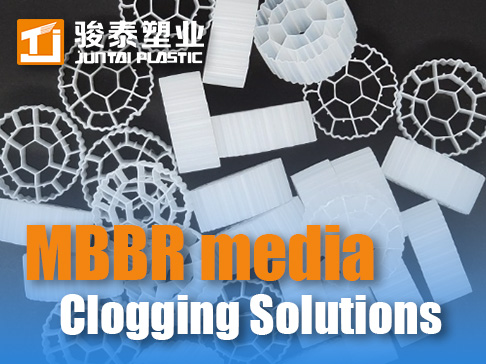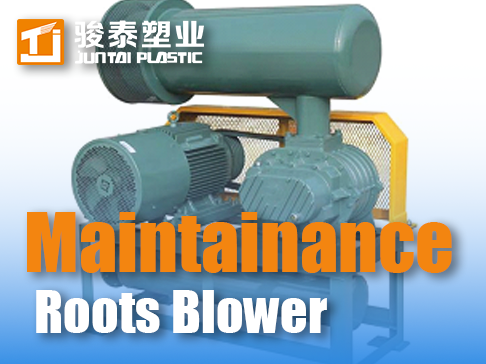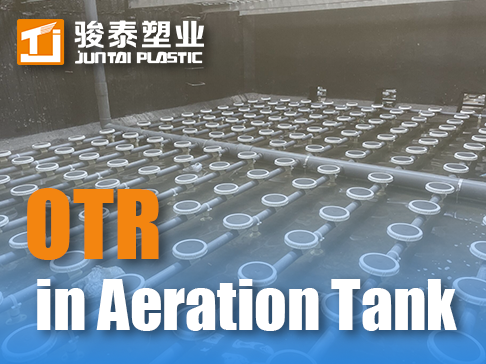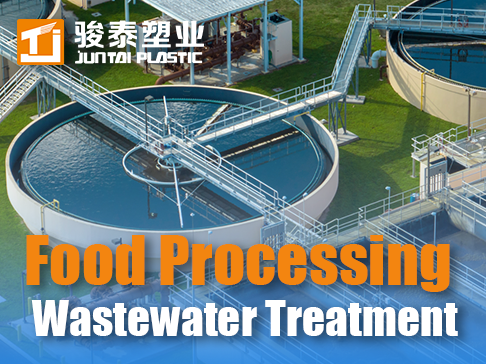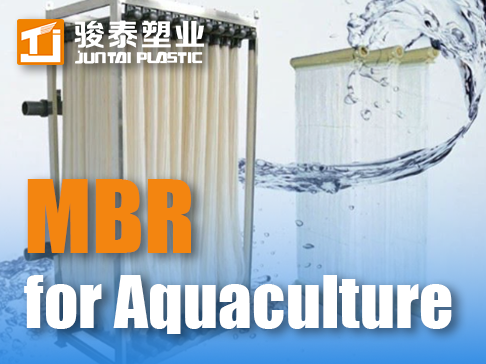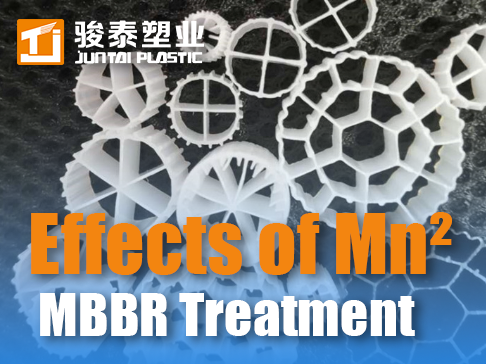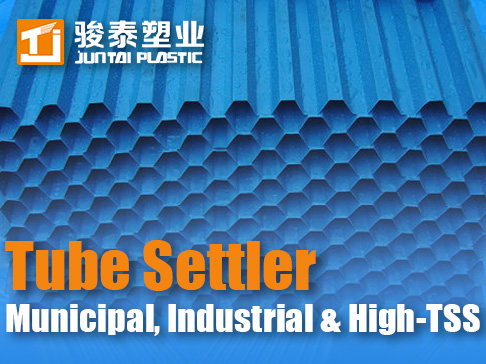 +86 13600513715
+86 13600513715 MBBR Carrier Materials: PE, PU, EPDM & Composites Compared
Comprehensive Analysis of Mbbr Carrier Materials: Selection, Performance & Longevity
Introduction: Material Science as the Foundation of Biofilm Efficiency
MBBR carrier material composition directly dictates biofilm kinetics, hydraulic behavior, and operational lifespan. While polyethylene (PE) dominates 68% of the market, advanced polymers and hybrid composites are emerging to address limitations in high-load industrial applications. This technical review decodes material properties beyond surface area metrics—including elasticity modulus, hydrophobic balance, and abrasion resistance—that determine real-world performance across municipal, industrial, and hypersaline environments.
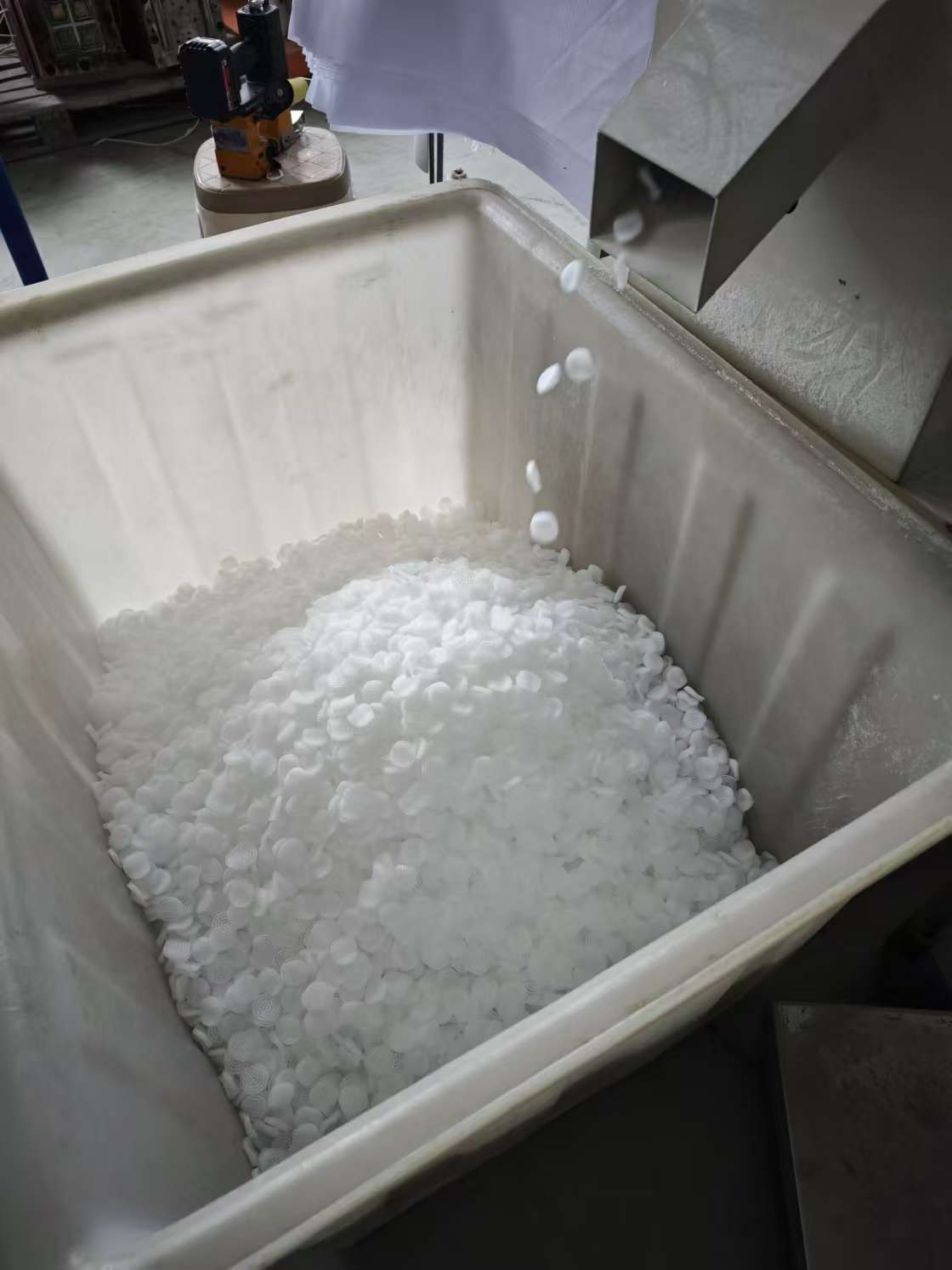
1. Dominant Polymer Chemistries in Modern MBBR Carriers
1.1 Polyethylene (PE) & Polypropylene (PP)
-
Molecular Structure:
-
HDPE: High crystallinity (70-85%) provides stiffness but limits surface porosity
-
LLDPE: Branched chains enhance impact resistance at sub-zero temperatures
-
-
Functional Additives:
-
UV Stabilizers: Hindered amine light stabilizers (HALS) for outdoor tanks
-
Antistatic Agents: Quaternary ammonium compounds prevent debris adhesion
-
-
Temperature Limitations:
-
Softening point: 120-130°C (PP) vs. 80-100°C (PE)
-
Embrittlement risk below -20°C
-
1.2 Polyurethane (PU) & Specialty Composites
-
Microporous PU Foams:
-
Surface area: 800-1200 m²/m³ vs. 500-800 for PE
-
Trade-off: Vulnerable to hydrolysis at pH >8.5
-
-
Hybrid EPDM-PU Carriers:
-
Combines PU’s biofilm adhesion with EPDM’s chemical resistance
-
Ideal for refinery wastewater (pH 2-11, hydrocarbons present)
-
2. Critical Physical Properties Governing Carrier Selection
2.1 Density & Buoyancy Control
-
Neutral Buoyancy Optimization:
-
Target density: 0.95-0.97 g/cm³ (achieved via microvoid injection)
-
Consequences of deviation:
-
0.98 g/cm³: Sinking in high-TSS wastewater
-
<0.93 g/cm³: Flotation in anaerobic zones
-
-
2.2 Surface Architecture Engineering
| Surface Type | Biofilm Adhesion Strength | Fouling Risk | Ideal Application |
|---|---|---|---|
| Smooth Macro-textured | Low (15-25 kPa) | Low | Municipal BOD removal |
| Micro-porous | High (40-60 kPa) | Moderate | Nitrification/Denitrification |
| Dendritic Structures | Extreme (70-90 kPa) | High | Cold climate (<8°C) |
| Antimicrobial Coated | Medium (30-40 kPa) | Very Low | Hospital/Pharma wastewater |
2.3 Mechanical Durability Metrics
-
Abrasion Resistance:
-
Test standard: ASTM D4060 (Taber abrasion)
-
Minimum weight loss: <0.5% after 1000 cycles
-
-
Compressive Strength:
-
Required: >15 MPa for depths >8m
-
PE carriers fail above 10MPa without reinforcement
-
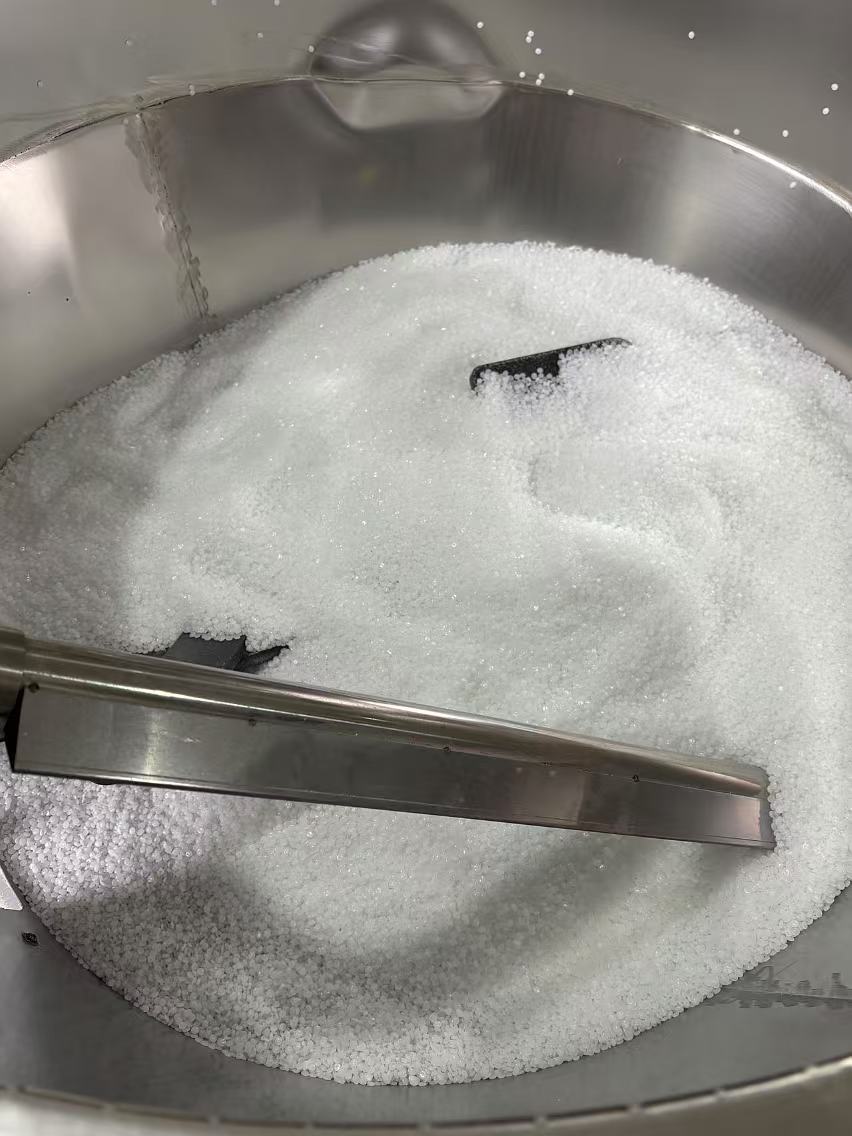
3. Material Degradation Mechanisms & Prevention
3.1 Chemical Attack Scenarios
-
Oxidative Stress:
-
Chlorine >5 mg/L degrades PE’s polymer chains
-
Solution: Stabilizer packages (phenolic antioxidants)
-
-
Solvent-Induced Swelling:
-
EPDM carriers expand in hydrocarbon presence
-
Maximum toluene tolerance: <200 ppm
-
3.2 Biological & Physical Degradation
-
Biofilm Shear Forces:
-
Thick biofilms (>500 µm) exert 3-5 N/cm² peeling stress
-
PU carriers resist delamination better than PE
-
-
Cavitation Damage:
-
High-velocity zones cause pitting (0.1-0.3 mm/year loss)
-
Add micro-glass beads to improve surface hardness
-
4. Innovative Materials Revolutionizing Mbbr Technology
4.1 Conductive Composite Carriers
-
Graphene-Enhanced PP:
-
Enables direct electron transfer for anaerobic ammonia oxidation
-
Reduces Anammox startup time by 40-60%
-
-
Magnetic Iron Oxide Coatings:
-
Allows carrier recovery from mixed liquor via magnetic separation
-
Ideal for retrofit plants without secondary clarifiers
-
4.2 Biodegradable Carriers
-
Polylactic Acid (PLA) Matrix:
-
2-3 year operational life before controlled degradation
-
Avoids plastic pollution during carrier replacement
-
-
Starch-Polymer Blends:
-
Surface area: 300-400 m²/m³ (suitable for low-load systems)
-
5. Material Selection Protocol for Specific Waste Streams
5.1 Municipal vs. Industrial Wastewater Guide
| Parameter | Municipal (PE/PP) | Industrial (PU/EPDM) | Hypersaline (PVDF) |
|---|---|---|---|
| Max TDS Tolerance | <15,000 mg/L | <50,000 mg/L | >100,000 mg/L |
| pH Range | 6-9 | 2-12 | 1-14 |
| Oil/Grease Limit | <30 mg/L | <100 mg/L | <500 mg/L |
| Carrier Replacement | 10-15 years | 5-8 years | 12-20 years |
5.2 Lifecycle Cost Analysis
-
Total Ownership Calculation:
-
Example: PU carriers cost 2.5× PE initially but reduce:
-
Energy costs by 15-20% (superior OTE)
-
Replacement frequency by 40%
-
-
ROI achieved in 3-4 years for high-load systems
-
Conclusion: Beyond Surface Area – The Material Science Imperative
Selecting MBBR carriers demands forensic analysis of wastewater chemistry, mechanical stresses, and microbial ecology. While PE remains cost-effective for standard applications, engineered composites (conductive, PU-hybrids, PVDF) unlock treatment capabilities in extreme environments.




